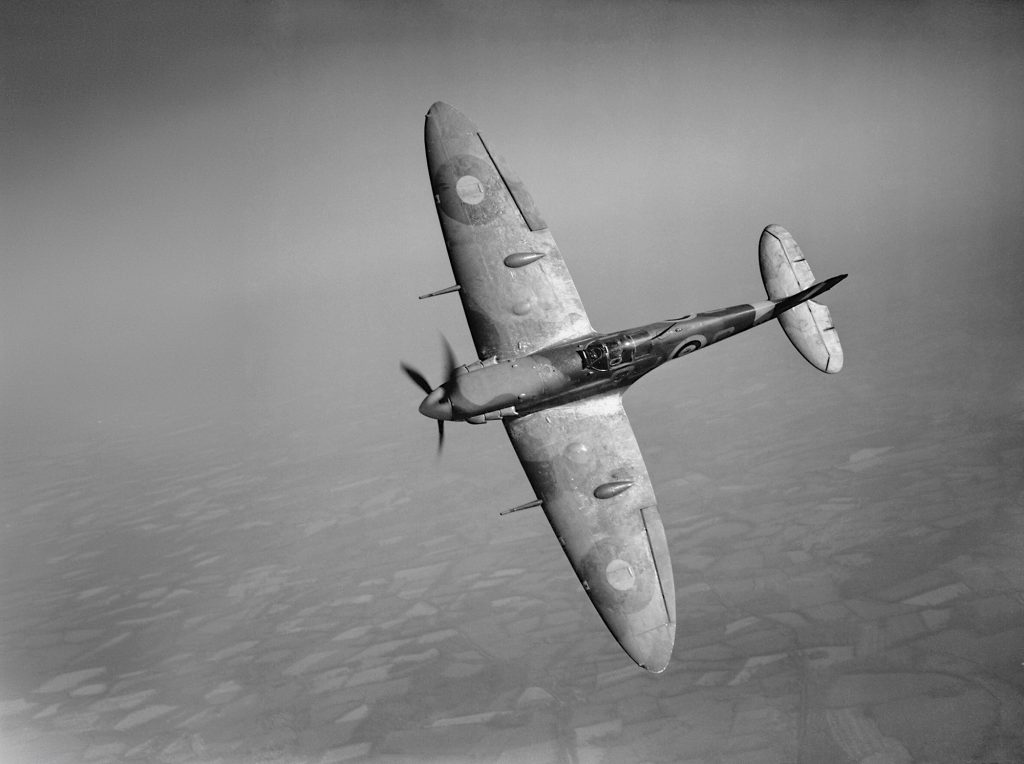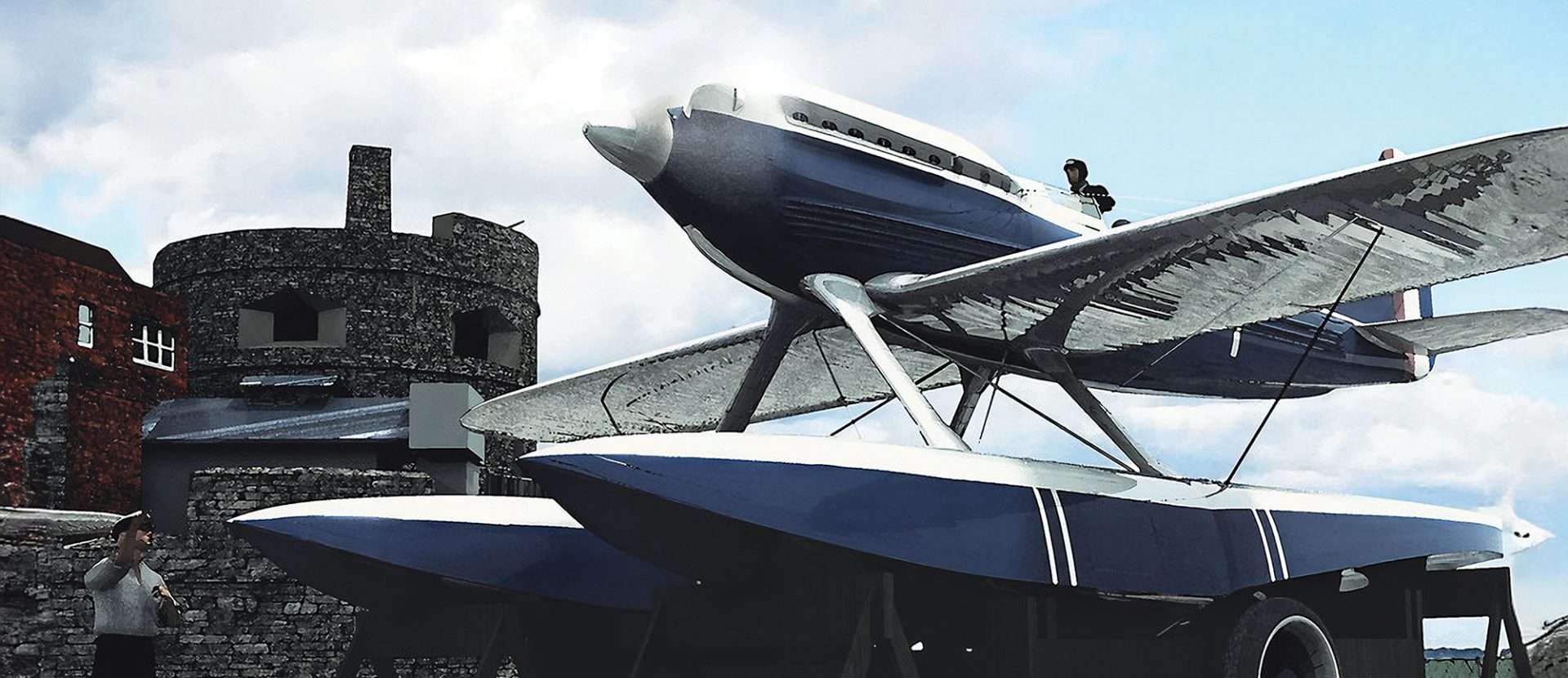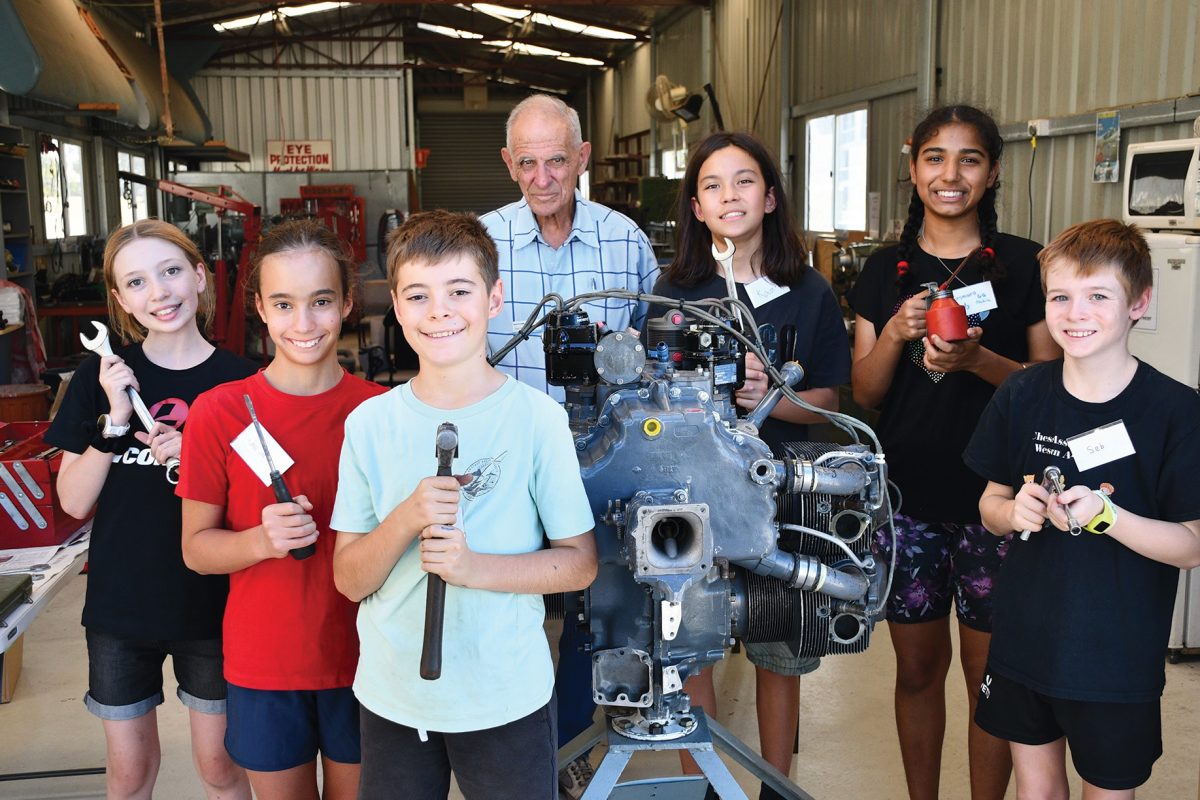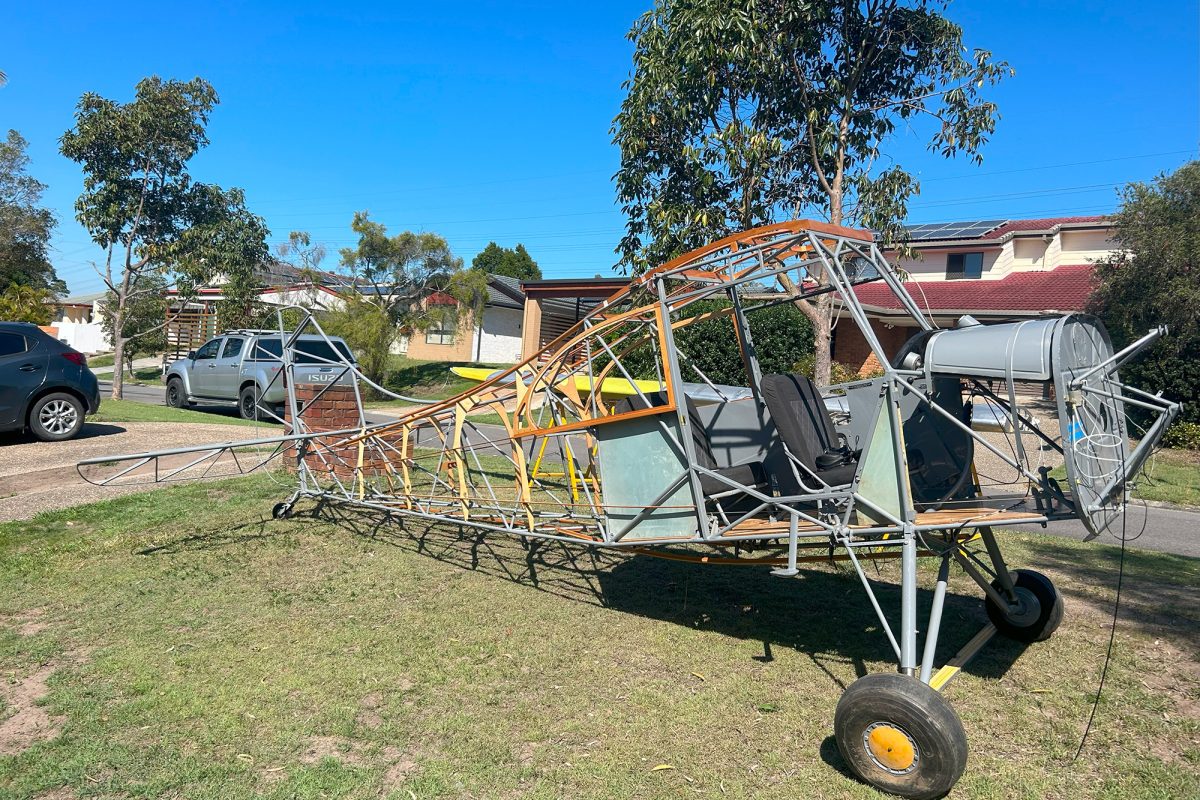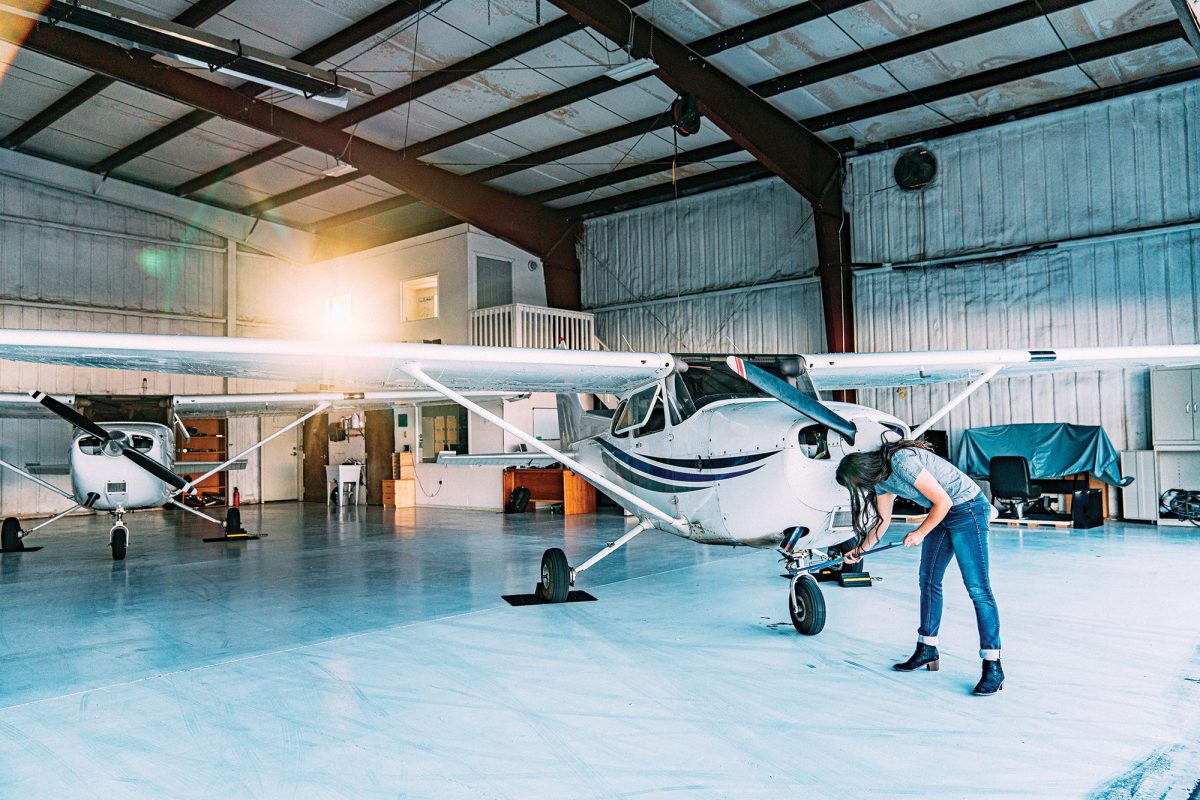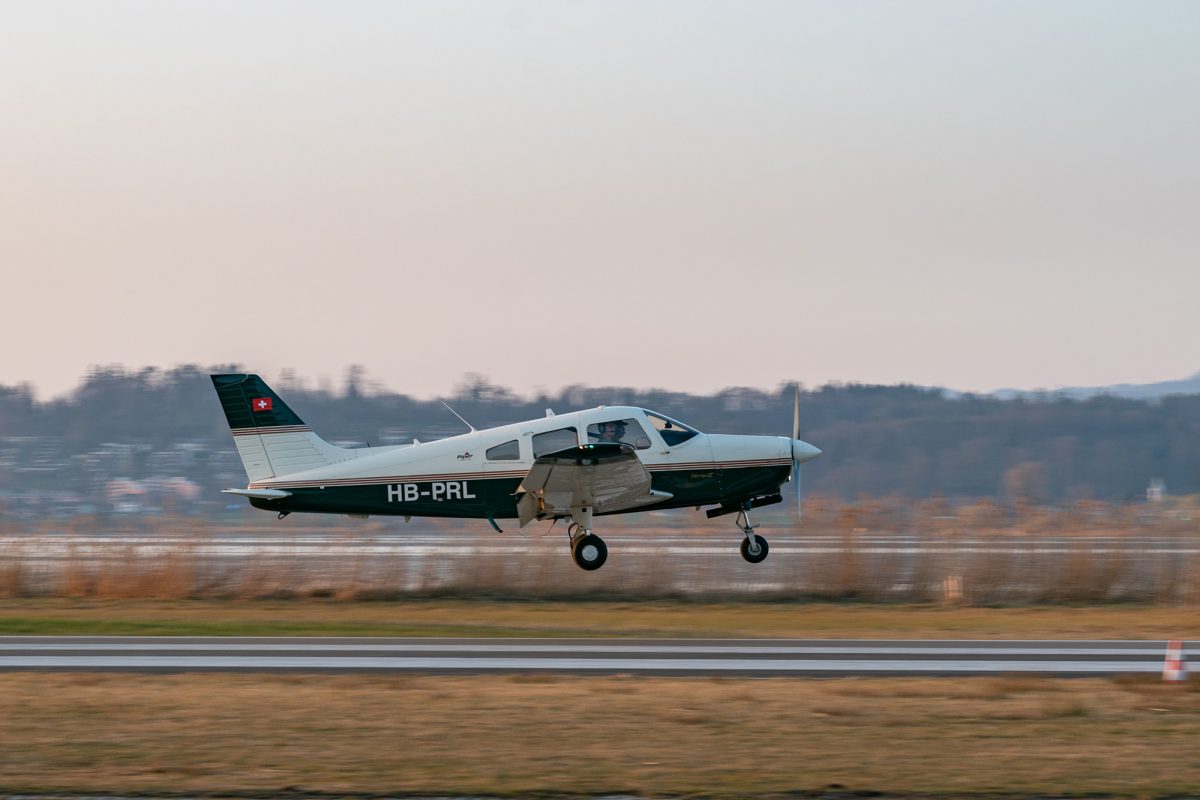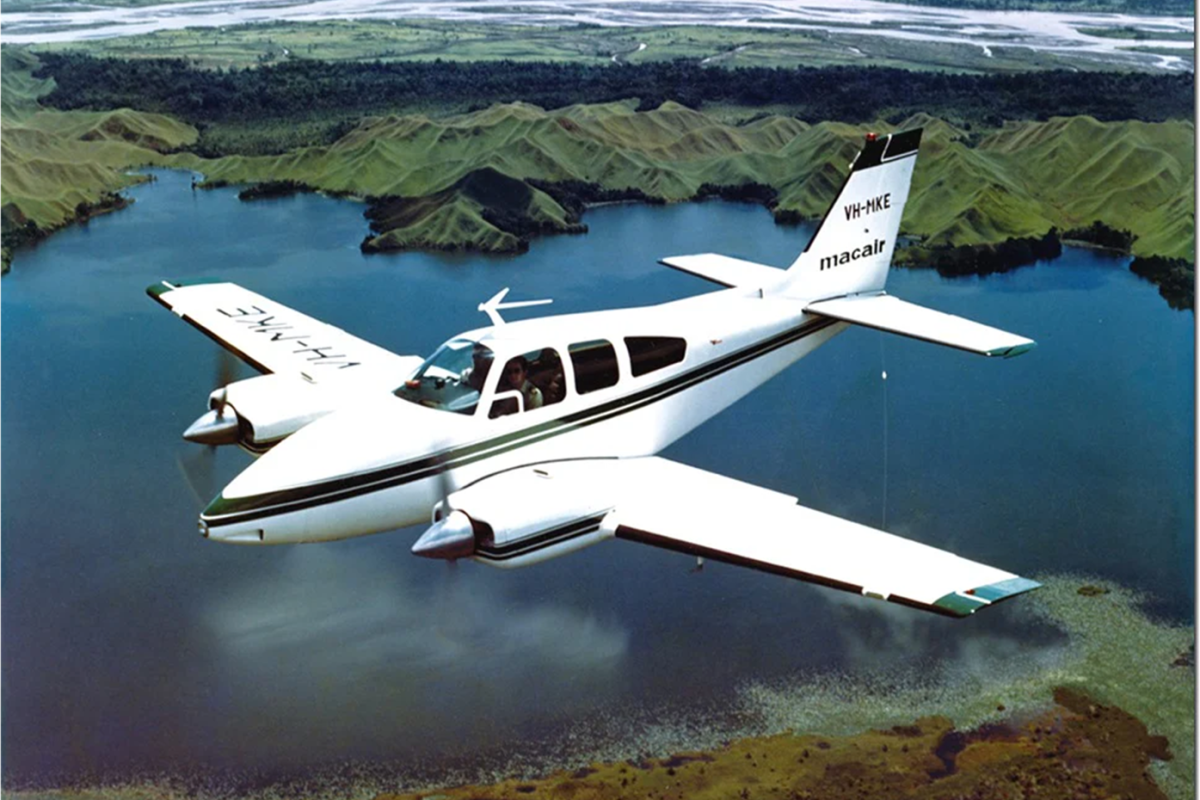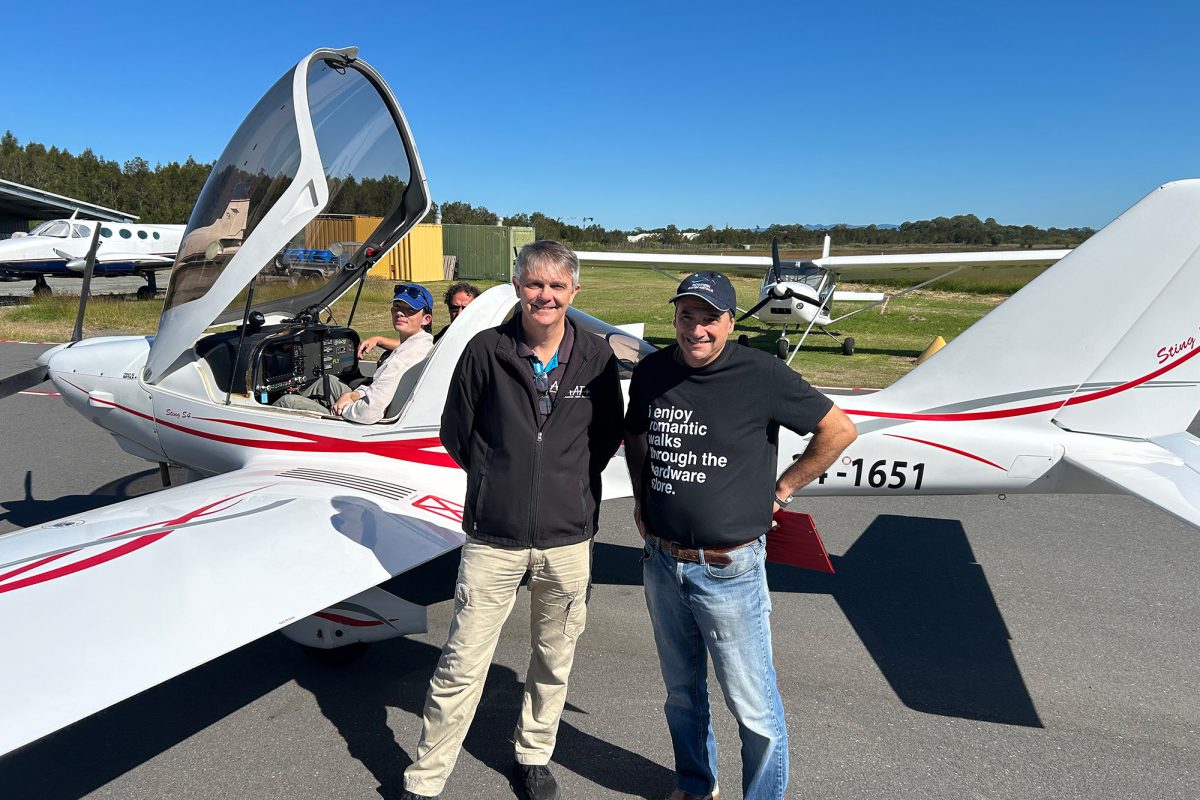FROM THE SCHNEIDER TROPHY TO THE SPITFIRE
Floatplanes are a fascinating oddity today, but in the years before WWII, floatplanes, seaplanes and amphibians solved a big problem; a distinct lack of airfields, particularly in remote areas. Plus, you had the option to land and fix an issue, or even refuel, mid-ocean. That might sound ridiculous, but it’s exactly what happened.
Just for the record, a floatplane is, well, a plane with floats attached instead of a normal undercarriage. A seaplane has a boat-like hull that floats and an amphibious aircraft can be a floatplane or seaplane with wheels – typically retractable – so the aircraft can either land at an airport or on water. In some cases, they must land on water and can then use their wheels to leave the water via a beach or ramp. Most of the early long transport routes over water were operated with seaplanes and floatplanes. So much so, that after World War I, it wasn’t clear if landplanes or seaplanes would become the dominant form of aircraft.
Seaplanes were at the cutting edge of aviation technology. In fact, the competition amongst seaplane and floatplane builders was so intense it led to one of the most tightly-fought aviation competitions; the Schneider Trophy. A closed course speed event for seaplanes, the Schneider Trophy was founded by French aviation enthusiast and hydroplane racer Jacques Schneider in 1912. The correct name for the trophy is Coupe d’Aviation Maritime Jacques Schneider.
Jacques Schneider is an interesting man in his own right. Jacques’ family controlled (amongst other things) the famous French foundry of Le Creuset. If you’ve ever lusted after expensive French enameled cookware, it was probably a Le Creuset. Jacques inherited the company and used it to indulge his love of adventure, particularly hydroplane racing and high-altitude ballooning. After meeting Wilbur Wright – as you do when you’re a well-funded adventurer – he was bitten with the fixed wing flying bug and became the 409th pilot registered in France. Badly injured in a hydroplane accident shortly afterwards, Jacques would have to live out his aviation ambitions vicariously. He had officiated at a race meeting in 1912 and he felt seaplanes were not getting the development they deserved, so he established the Schneider Trophy as a way to promote what he thought was the logical way to move people from place to place. The event ran 12 times between 1913 and 1931, with breaks for World War I, and a few missed years.
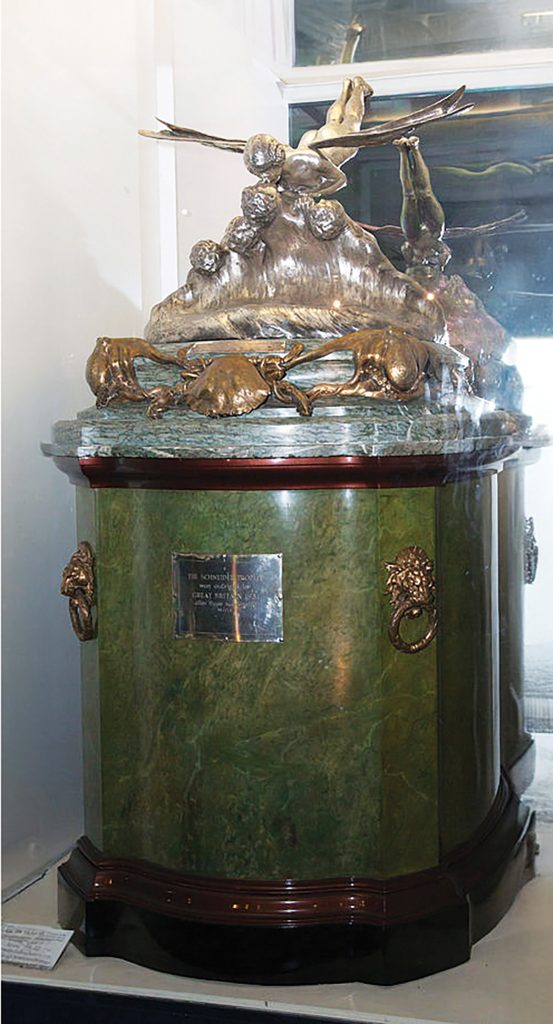
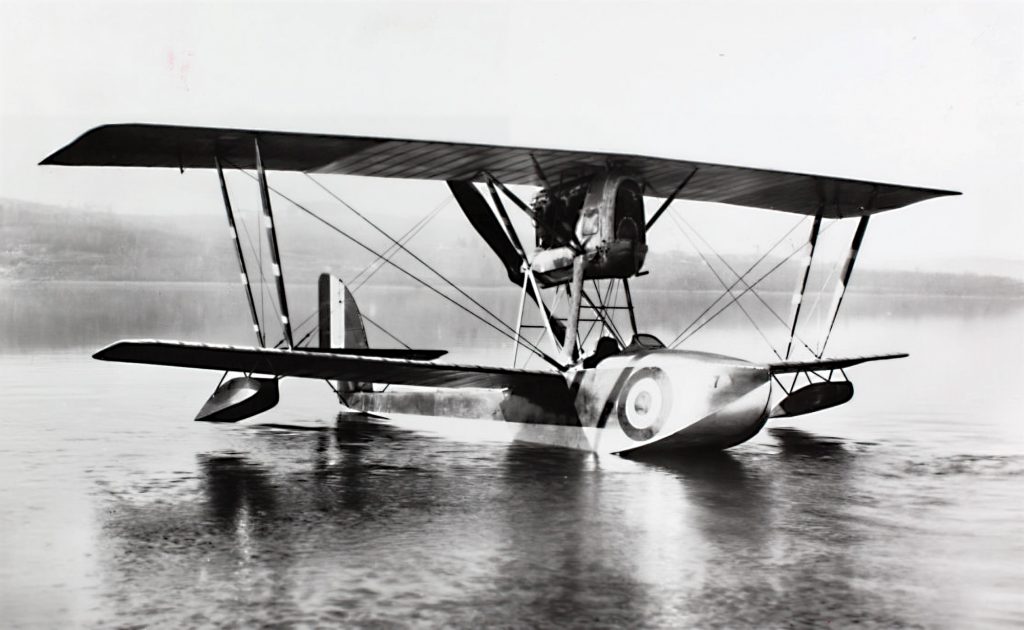
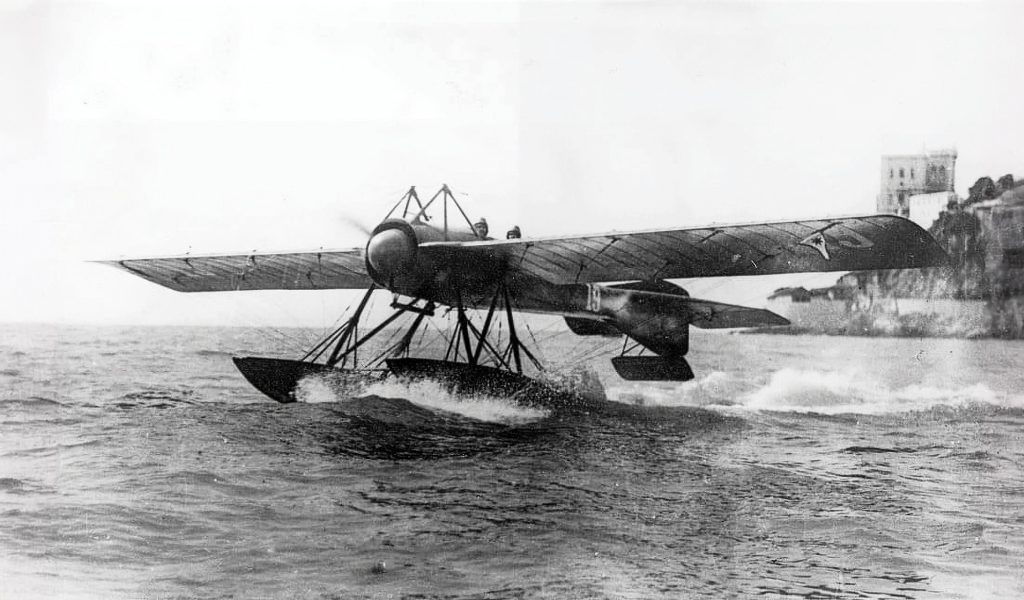
The Schneider Trophy event developed some rules that seem a little odd by today’s standards. Aircraft had to be able to float for six hours – the sort of rule that gets added due to someone pulling shenanigans in a past event. Each aircraft would have to complete a 2.5-mile water taxi before flying. During the race they had to land on water twice. If anyone won the event 3 times within 5 years, they would be the permanent holder of the trophy.
Basically, the course would be typically triangular, with markers indicating the turn points. The course length eventually grew to over two hundred miles. As a spectacle it must have been amazing – particularly in later years. The first event was in Monaco and was won by a French Deperdussin Coupe Schneider monoplane at an average speed of 73km/h (39 knots). Just a year later, a British Sopwith Tabloid took the title, with an average speed of 139km/h (75 knots). In a single year, the speed had almost doubled. It was a trend that would follow the Schneider Trophy through its life.
The First World War interrupted the event. It’s noteworthy that the Sopwith and Deperdussin aircraft would both form the basis of important early war aircraft, and those manufacturers would make a significant aviation contribution to France and Great Britain collectively during that war. Again, a pattern that would repeat itself during the life of the Trophy and beyond, but I’m getting ahead of myself.
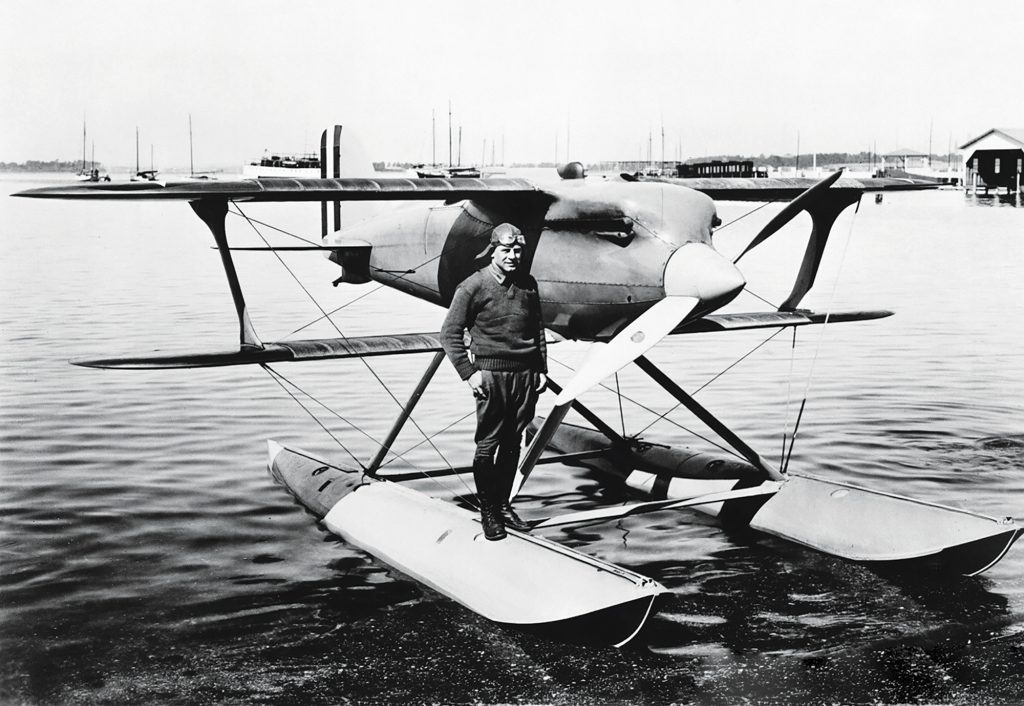
Despite the dramatic development of aircraft during wartime, it took a little while for the technological advancements to impact the Schneider Trophy. Part of that was because of the format of aircraft that were flying. The early post-war winners were ex-military flying boats; biplanes with relatively low-powered engines. They were converted bombers and patrol aircraft. Money and national fervour were just not there to fund new aircraft. But that was soon to change.
In September of 1923 the event, held in the UK at the Isle of Wight, was contested by entrants from Great Britain, France and the USA. Italy had been a late withdrawal. The British and French had fielded flying boats, but it was the Americans with their Curtiss CR-3 floatplane that was to dominate the field. It was a stark contrast; two tubby seaplanes against the sleek biplane, standing high on its floats. The 450hp inline engine was tightly cowled and streamlining had been applied to every detail. It showed. Not only did the Curtiss (with a healthy dose of backing from the US government) win the event hands down with a handy speed of 285km/h (154 knots), it also set a world speed record for aircraft. Suddenly the Schneider Trophy wasn’t just at the forefront of waterborne flying – it was leading all of aviation.
A year later no one showed up to challenge the Americans, so the event was cancelled. In 1925 the US again dominated with a home ground advantage at Chesapeake Bay in a Curtiss R3C-2, piloted by a then relatively unknown Jimmy Doolittle. He would later rise to fame for commanding the first post-Pearl Harbor response – the famous Doolittle Raid. His plane was up against a British Gloster III, an Italian Macchi M.33 and a British Supermarine S.4 designed by another relative unknown name, Reginald Mitchell.
Speaking of unknown, a relatively minor Italian leader of the time got quite annoyed that Italy – a leader in maritime aviation – was being trounced by the upstart Americans. That leader – Benito Mussolini – ordered the Italian aircraft industry to win the event “at all costs”. In 1926 the Italians ruled triumphant at Hampton Roads in the USA. The Americans had run short of budget and weren’t able to compete against the Italian Macchi M.39 which featured monoplane construction and a V12, water-cooled engine. The aircraft ran a very respectable 396km/h (213 knots).
Benito Mussolini must have been feeling pretty chuffed, Italy having won the event and now having the right to host in 1927. His team had trounced the opposition. If Italy could win the next two years, they would be the permanent holders of the trophy.
Unfortunately for him, the British had had quite enough of this sort of continental nonsense and decided to get serious. They backed manufacturers Supermarine, Gloster and Shorts and, just to make sure, loaned RAF pilots to operate the aircraft. Supermarine took the previously unsuccessful S.4 design and redeveloped it as the new S.5, relying on extensive use of aluminium. The aircraft featured a minimised fuselage cross section, streamlined radiators built in to the wing and extensive wind tunnel testing to minimise resistance.
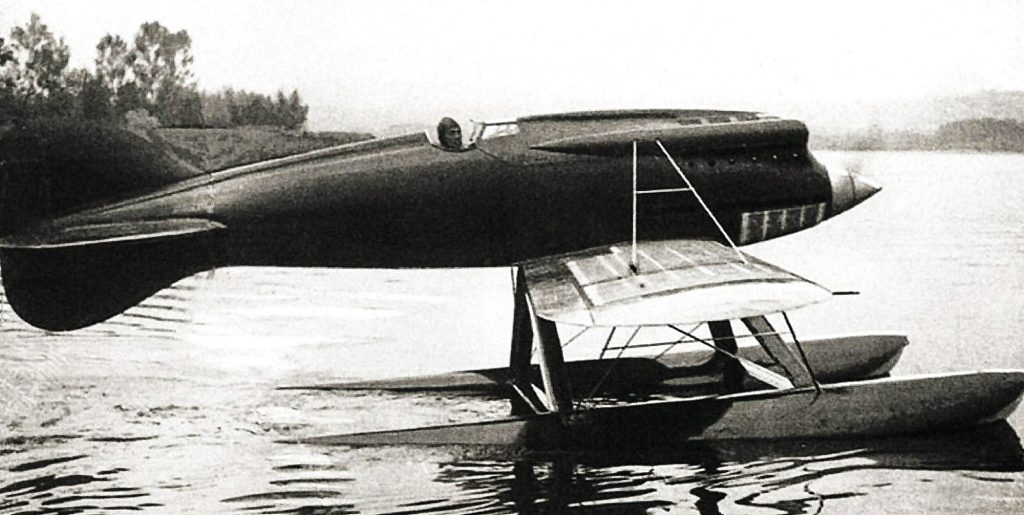
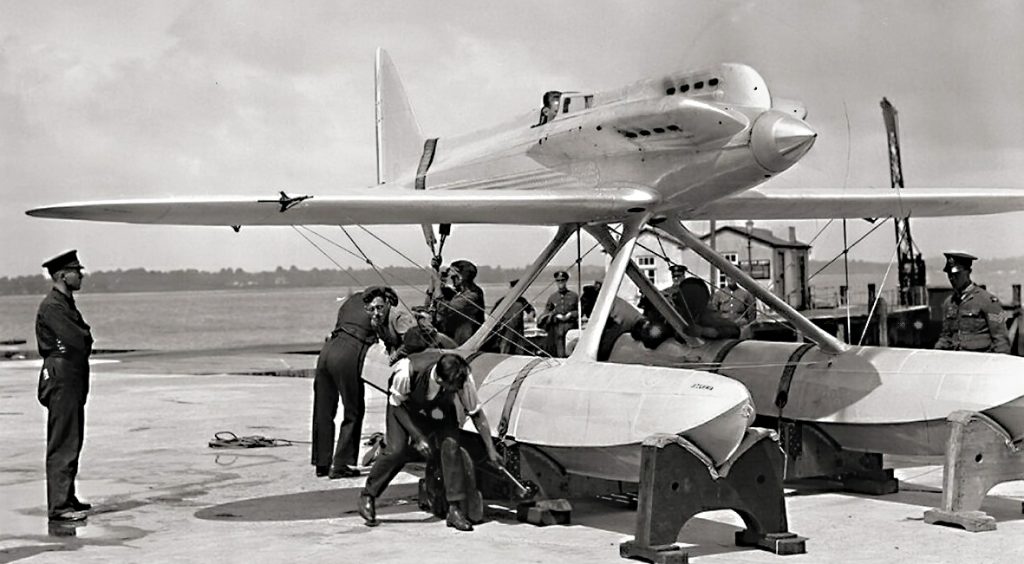
Note of warning to fascist dictators: never underestimate an aircraft from the pen of Reginald Mitchell.
The S.5 wasn’t perfect. There wasn’t time to completely redesign the wing in metal, so a wooden wing based on the S.4 was used. The engine – a Napier Lion in a W configuration of 3 banks of 4 cylinders – produced up to 900hp in racing form but was unreliable. It was based on mid-war technology and was being stretched to do something it was never designed for. Despite these limitations, it was clear that the S.5 was the class outfit at the 1927 Venice event. It went on to take first and second place – with no other entry completing the course – at a winning speed of 453km/h (244 knots) setting another world speed record.
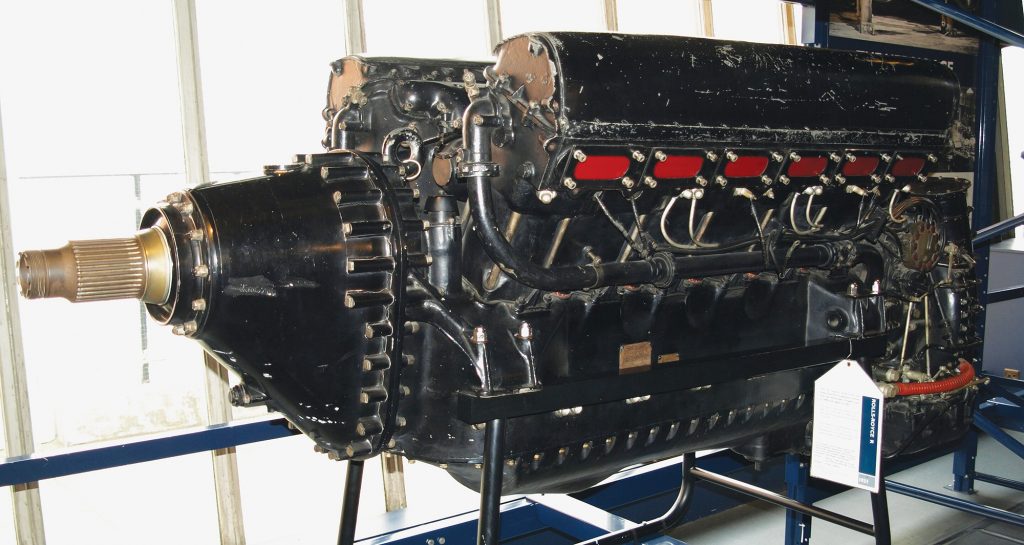
The Italians had turned the event into a major national competition with heavy promotion, posters and even discounted train fares. Over 250,000 people attended and everyone expected the Italians to win. Benito must have been pretty angry when that didn’t happen. The various contesting nations decided that more time was needed to prepare and races would now be run every 2 years; this time the Italians would be ready. What they didn’t realise was that the British needed the time too, to address their rushed fuselage and problem powerplant.
Now emerged a partnership that would be so defining, it would affect the outcome of the Second World War. Rolls-Royce had scaled up their Kestrel V12 engine to produce the Buzzard engine in 1927. Using this as a foundation, Rolls-Royce created the R Engine. After exhaustive testing, this engine would be capable of producing 1,900hp in race form. It featured supercharging and high compression for the time. To do this, it ran on a cocktail of avgas, benzole, tetraethyl lead and ethanol.
At Supermarine, Reginald Mitchell received the drawings of the engine in 1928 and developed an enlarged and stronger version of the previous winning entry which became the S.6A. Streamlining everything into the smallest package possible, the engine was tightly cowled and the oil coolers were copper pipes that formed the fuselage sides. The radiators were flush mounted to the wing. Fuel was stored in the floats and extra oil was contained in the vertical stabilizer.
The 1929 Schneider Trophy was held at Calshot near the Isle of Wight in the UK. Over half a million people attended. It was a British and Italian contest; Macchi versus Supermarine. In the end it was an uneven contest with the Supermarine S.6A besting the Italian aircraft with a speed of 528km/h (285 knots).
The stage was now set, with Britain poised to take a hat-trick in 1931 and ownership of the Trophy forever. But times had changed. The 1929 Stock market crash had left Britain and most nations in a perilous financial state. Support for the racing entries was stopped. It looked like Britain would lose the event by default.
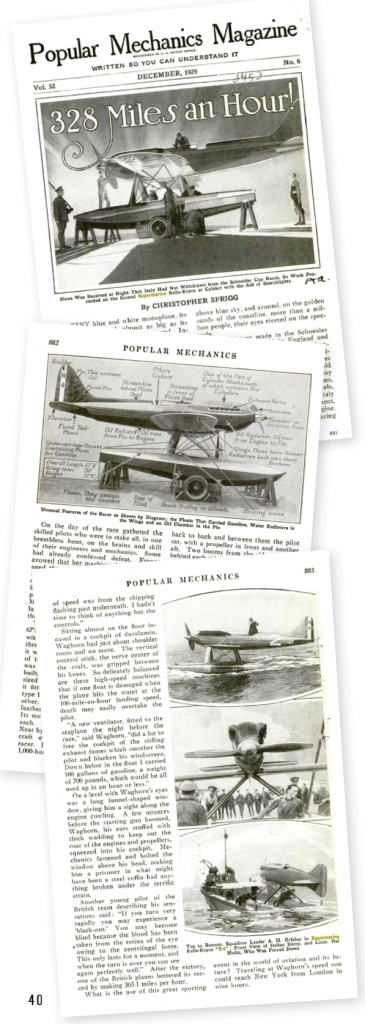
Now emerges an unlikely hero. Dame Fanny Lucy Houston, better known as Lady Houston, had risen from chorus girl to become the second wealthiest woman in Britain, claiming 3 husbands and a list of lovers on her way. She was an avid supporter of women’s rights and aviation. Hearing that Britain may forfeit, she donated the sum of one hundred thousand pounds – about 15 million dollars in today’s money – to contest the event. This and a public subscription would form the fighting fund. It wouldn’t be enough for a whole new aircraft and engine, so Mitchell and Rolls- Royce would have to wring what they could out of the S.6A and R Engine.
The result was the S.6B. Running the upgraded engine, now capable of 2,300hp for limited time, the cleaned-up aircraft would be dubbed by Mitchell “the flying radiator”. Dissipating heat was such an issue that even the floats’ surface area was utilised as radiators. Sodium-cooled valves were utilised to help manage heat in the engine. Mitchell redesigned the floats to be longer with less frontal area to reduce drag. Seeing a potential winner on the cards, the British government announced they were going to support the effort just 9 months before the race. Much too late to materially help, the government assistance was limited to pilots supplied by the RAF High Speed Flight.
The combination of post-crash financial stress – and perhaps the indignity of losing again – led to no Italian or any other competitor joining the now all-British field at the 1931 event. The real question was what speed could be achieved. The S.6B completed the course with a speed of 655.67km/h (353 knots) which was another world record. That’s almost 70 knots faster than the previous year’s winner. As the British had won the event three times in a row, they were now the perpetual owners of the trophy. It can still be seen today on display at the Science Museum in London.
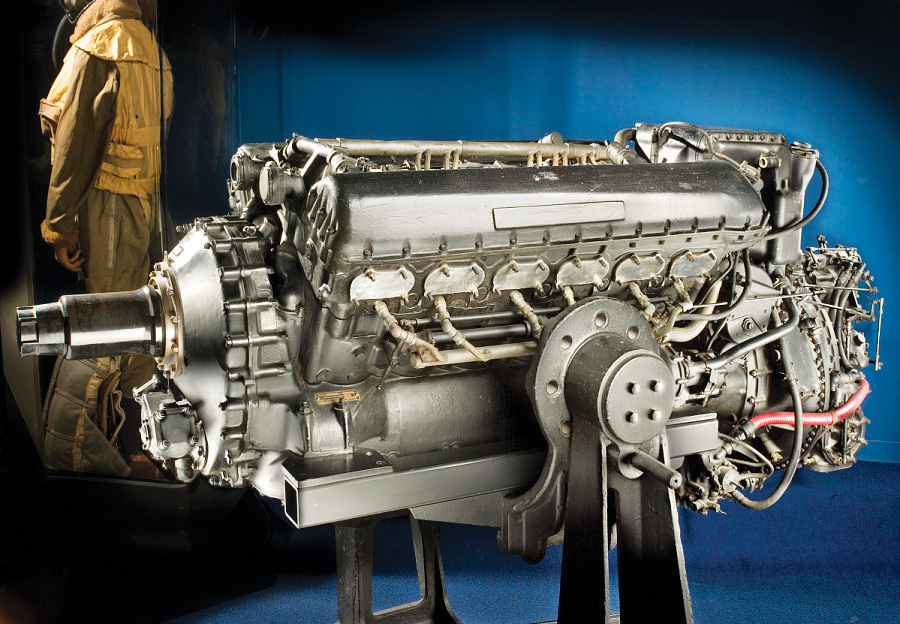
In the brief 18-year lifespan of the Schneider Trophy, speed had increased by over 270 knots. Remember, these are seaplanes, with substantial floats attached, covering a long-distance course. To put that speed in perspective, the Bristol Bulldog fighter in frontline service with the RAF at the time was capable of a top speed of 155 knots. But all that was about to change.
Looking at the S.6B, you can see some of the lines that would carry over to the Supermarine Spitfire. The last great work of the dying Reginald Mitchell, the Spitfire would come to embody the British fighting spirit in the darkest days of WWII. But it was the technology that Rolls-Royce developed to produce the R Engine that found its way into the design of a new service engine – the Merlin, which would go on to power aircraft such as the Spitfire, Hurricane, Mustang, Mosquito, Lancaster and so many other aircraft that helped determine the outcome of WWII. It would even power late-war tanks in an evolved form.
The Second World War also led to the establishment of thousands of airfields throughout the world – many of which form the basis of our major airports today. That, and the development of aircraft that could travel thousands of miles in a single leg, made amphibious aircraft and seaplanes an anachronism. The hull shape and floats were aerodynamic limitations that would see them eventually fall out of the mainstream.
And Jacques Schneider, the man who started it all? After the First World War, his firm went bankrupt and he died in poverty. But he can rightly be said to have had a major role in inspiring the aircraft technology and engines that helped to save the UK and subsequently France, his homeland, in the Second World War.
